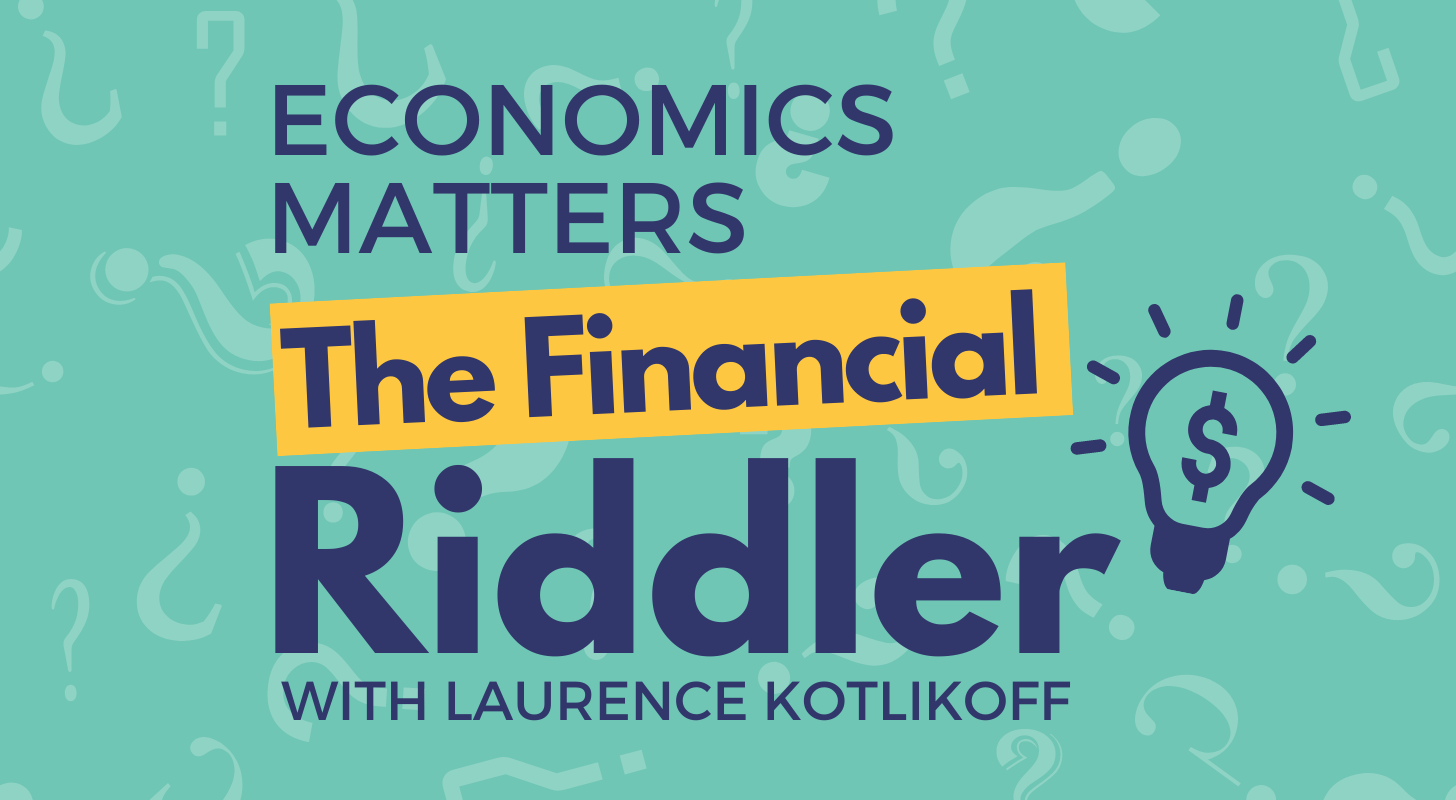In what year were women first allowed to obtain credit cards in their own names —without the co-signature of their husband or father?
a. 1958
b. 1964
c. 1968
d. 1974
e. 1988
f. 1999
And the answer is …
The answer is 1974, the year the Equal Credit Opportunity Act was passed.
In what year were single females given the legal right to obtain birth control?
a. 1955
b. 1958
c. 1961
d. 1972
e. 1980
And the answer is …
The answer is 1972 thanks to the Supreme Court’s decision in Eisenstad v. Baid.
What share of total federal personal income taxes is paid by the top 1 percent?
a. 15.3 percent
b. 24.4 percent
c. 29.7 percent
d. 35.4 percent
e. 45.8 percent
And the answer is …
The answer is 45.8 percent according to a recent article in the Wall Street Journal. The Journal also reports that the top 1 percent account for 26.3 percent of total income.
What, roughly, is the average tax rate of the 400 richest Americans?
a. 60 percent
b. 50 percent
c. 40 percent
d. 30 percent
e. 20 percent
f. 10 percent
And the answer is …
The answer is 10 percent. Billionaires have a very simple way to legally avoid taxes. They borrow against their assets to cover their spending needs, let their assets appreciate (accrue capital gains), and then pass their assets to their children with a “step up in basis.” The step up ensure that when their children sell their inherited assets, no capital gains tax is due apart from gains accrued after they inherited. Some would argue that the superrich have a higher tax rate once one considers the corporate and estate taxes. But many economists, myself included, think the corporate tax is really paid by workers. To see this, suppose the U.S. set the corporate tax rate at 90 percent. Massive amounts of capital would flee abroad to avoid this confiscatory tax. But when workers have less capital (tools) with which to work, they are less productive producing a decline in their wages. And the reduction in capital drives up its pre-tax return, potentially leaving its post-tax return — what rich investors receive — unchanged. (Note to potential economics majors. This is why economics is so fascinating. It produces completely unexpected, but understandable results.) As for estate taxation, the effective tax rate on inherited wealth appears to be only 2.1 percent. This reflects the many legal ways, including the one just mentioned, that the superrich have to avoid estate and gift taxation. This said, some strategies to avoid the estate tax, via the use of trusts, requires sacrificing the step-up-in-basis advantage.
If inflation for the next 12 months runs at the monthly rate just reported for March, how high will inflation run between this April and next April?
a. 7.9 percent
b. 6.6 percent
c. 5.9 percent
d. 4.9 percent
e. 3.5 percent
f. 2.7 percent
And the answer is …
The answer is 4.9 percent. Inflation, prospectively speaking is running at close to 5 percent. On a retrospective basis — March 2023 through March 2024, it’s only 3.5 percent. Big difference. This is why the stock market has been crashing. The stock market fears the Fed will raise interest rates to try to fight inflation.
What fraction of global batteries are made by China?
a. 85 percent
b. 75 percent
c. 50 percent
d. 32 percent
And the answer is …
The answer is 85 percent although there are major mining projects underway in the U.S. to extract nickel, which is essential for the production of batteries.
By how much did U.S. EV sales grow last year?
a. 303 percent
b. 229 percent
c. 88 percent
d. 32 percent
e. zero percent
The answer is zero percent. Until every gas station has fast battery chargers (today the percentage is zero, at least in New England) and until the range of electric cars rises dramatically, the American consumer will suffer too much range anxiety — fear of running out of power — to jump on the EV bandwagon. This explains Tesla’s just-announced decision to lay off 10 percent of its workers.




